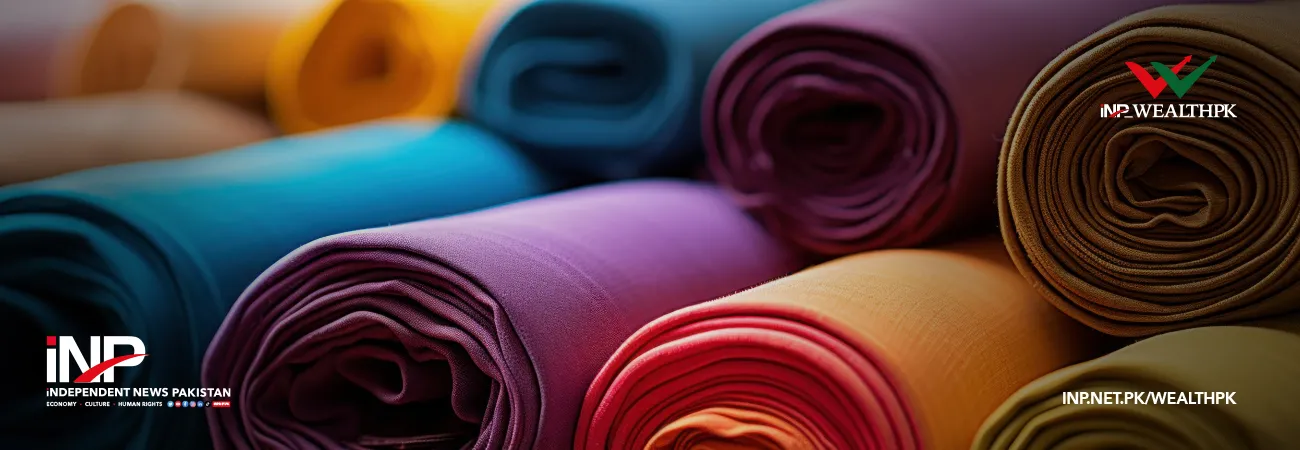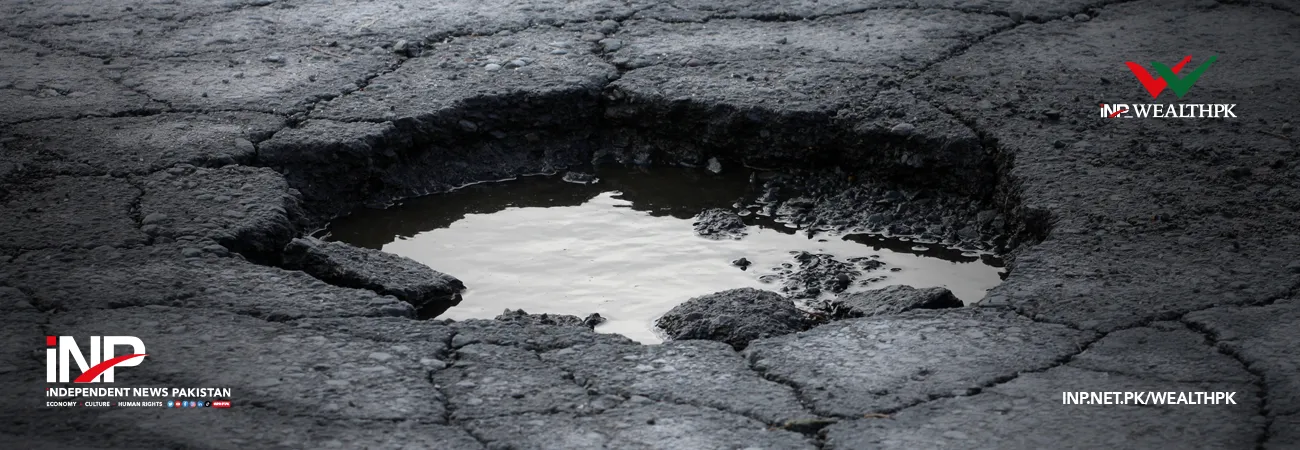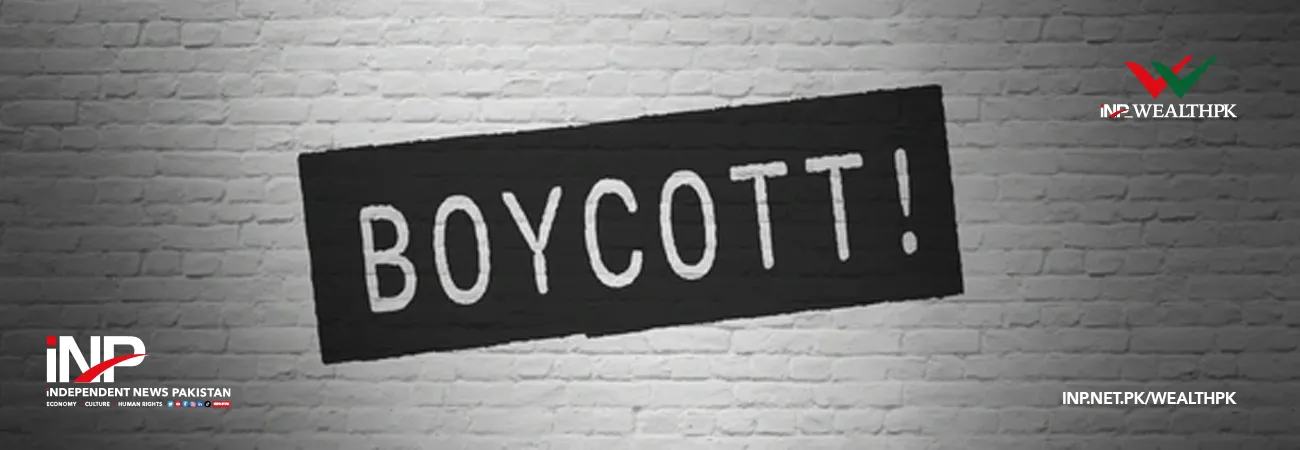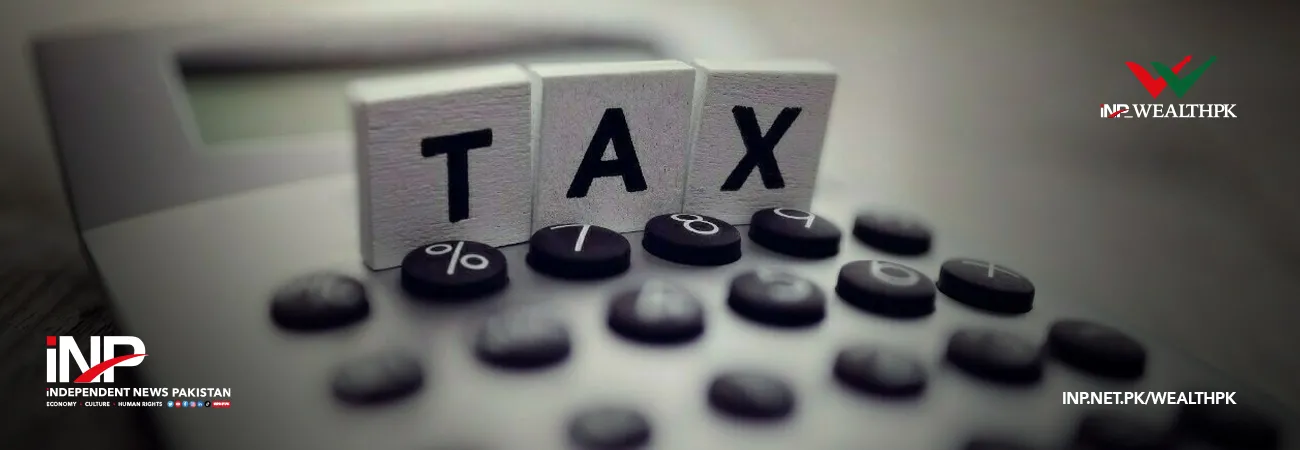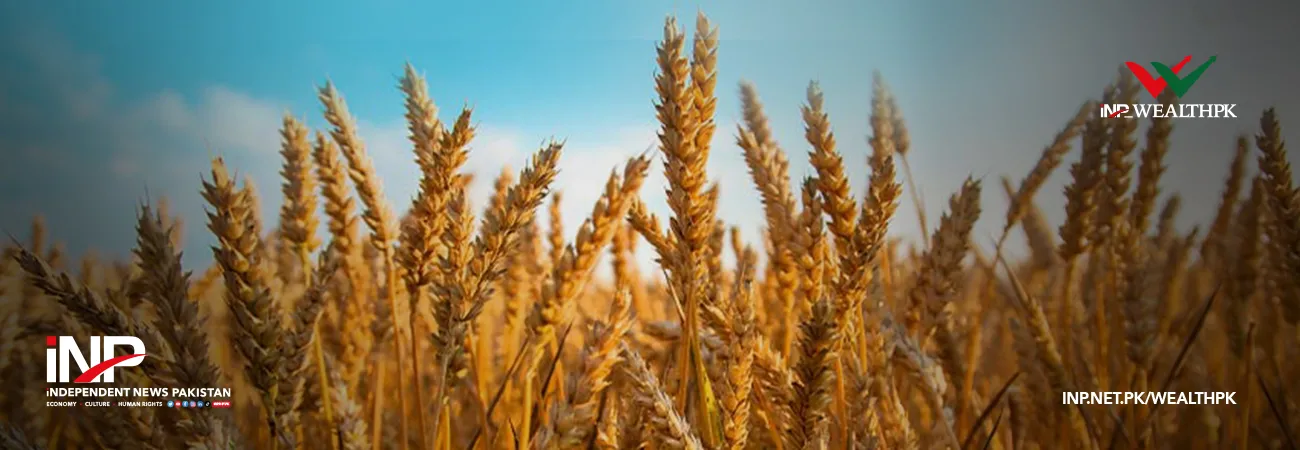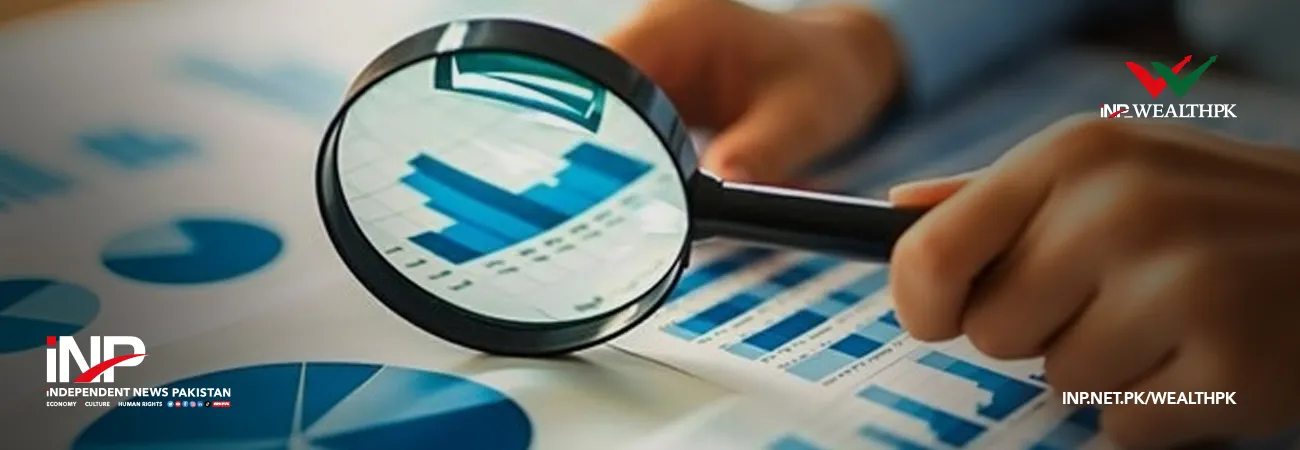آئی این پی ویلتھ پی کے
Moaaz Manzoor
Pakistan’s textile industry is poised for a potential export boom, as a new trade deal with the US offers lower tariffs, giving the country a competitive edge over regional rivals and signaling a brighter future for its economy, particularly the textile sector, said experts.
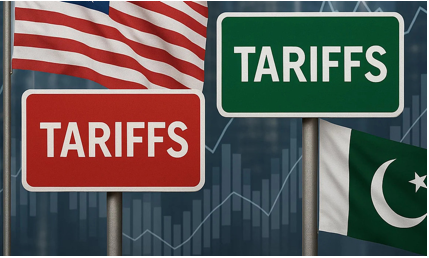
Clarifying the tariff landscape, Muhammad Hasan Shafqaat, CEO of Pakistan Textile Council, said, “There remains quite a bit of uncertainty for the next few months. The agreement, finalized in Washington, promises reduced tariffs on exports and increased investment, particularly boosting the textile sector, which drives a $3 billion trade surplus with the US – Pakistan’s largest textile market.”
Shafqat explained that a 29% reciprocal tariff, imposed on April 2, 2025, atop the Most Favored Nation (MFN) tariff, was paused for 90 days with a baseline of MFN+10% until July 9, later extended to August 1.
Post-negotiations, Pakistan secured a 19% tariff, which Shafqaat noted as largely “neutral” in the US market. Despite expectations of a 10-15% tariff, Pakistan matches competitors like Vietnam, Cambodia, Sri Lanka, and Bangladesh (19-20%), while India faces a higher 25% tariff. However, Shafqaat cautioned that India’s economic advantages, such as subsidies and low business costs, could offset this 6% gap. Indian exporters can easily absorb this 6% difference.
He highlighted the potential for home textile buyers to shift to Pakistan if India’s tariff persists. Still, rules of origin and possible tariff adjustments remain concerns. “Goods transshipped will be charged the higher duties,” he said.
Awais Ashraf, Director of Research at AKD Securities Ltd, emphasized the broader economic impact: “Pakistan has reached a trade agreement with the US, aimed at boosting bilateral trade, expanding market access, attracting investment, and fostering cooperation in areas of mutual interest.”
He noted that lower tariffs compared to regional peers India (25%), Sri Lanka (20%), Bangladesh (20%), and Vietnam (20%) position Pakistan favorably. “We expect the revised structure of tariffs to materially improve textile exports, given expected lower competitive tariffs compared to regional peers.”
The US, which absorbs 18% of Pakistan’s exports, primarily textiles (US$4.7 billion in FY25), stands to drive growth. Ashraf also highlighted opportunities in non-textile sectors like cement, with exports to the US rising 3.4x in FY25, and emerging players like PAEL entering with transformers.
By aligning tariffs and fostering investment in textiles, minerals, and technology, Pakistan strengthens its economic position against regional competitors. Pakistan’s tariff advantage under the US trade deal positions its textile sector for growth, though uncertainties in tariff adjustments and rules of origin persist. Declining energy costs and strategic investments further bolster export potential, offering a competitive edge in the US market.
Credit: INP-WealthPk


